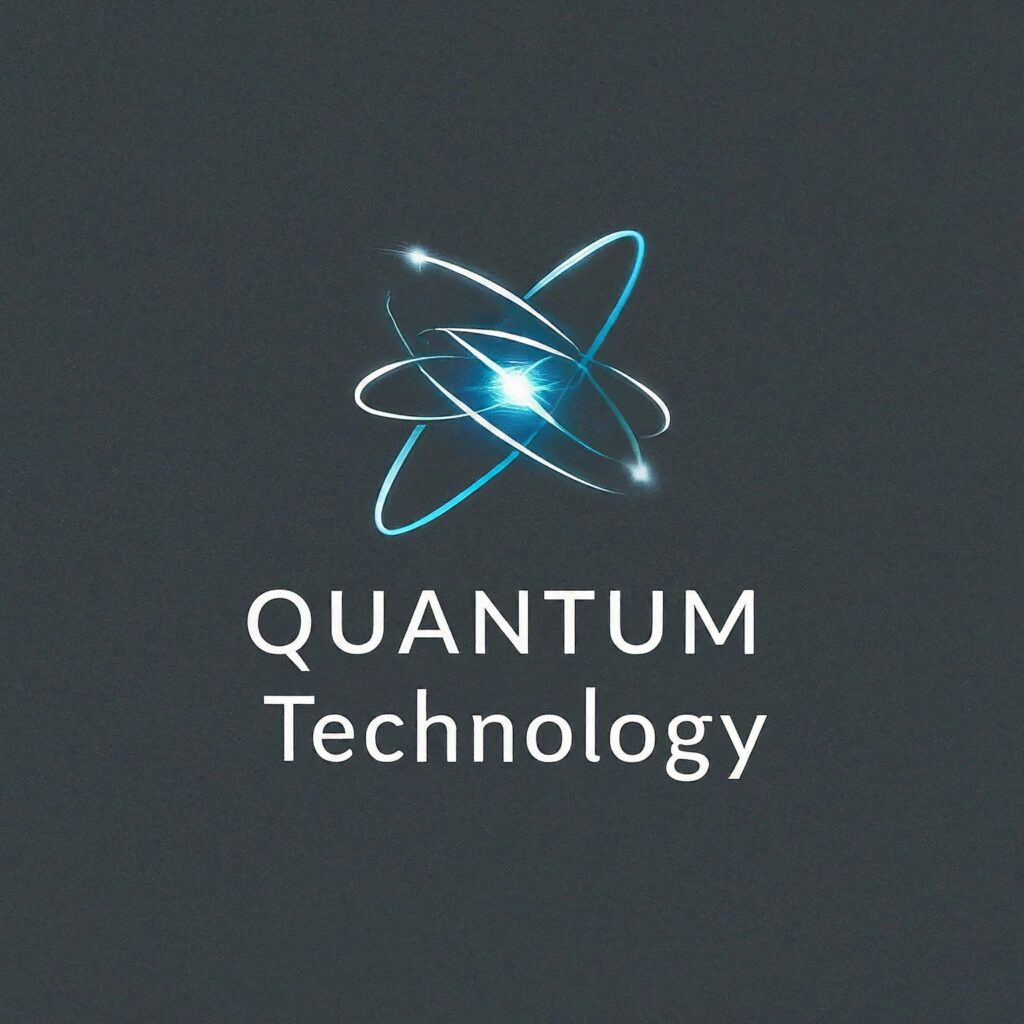In a world increasingly defined by data security battles, quantum-safe technologies are no longer futuristic luxuries—they are urgent necessities. As governments, financial institutions, and tech giants brace for the era of quantum computing, a new breakthrough is accelerating efforts toward truly unbreakable security: Hybrid Photonic-Qubit Quantum Random Number Generation (QRNG) enhanced by artificial intelligence-based entropy verification.
This emerging technology combines the complementary strengths of photonic systems and qubit-based quantum architectures, adding a machine-learning intelligence layer to monitor and validate randomness in real time. The result is a system capable of generating genuinely unpredictable random numbers—an essential ingredient for cryptography, secure communication, scientific simulations, and advanced artificial intelligence.
Why Randomness Matters in a Quantum World
Random numbers may sound trivial, but they form the backbone of digital trust. Every secure message, banking transaction, blockchain signature, or authentication token relies on randomness. Yet classical random number generators—no matter how advanced—are ultimately deterministic. With enough computing power, patterns can be detected, vulnerabilities exploited, and encryption cracked.
Quantum Random Number Generators (QRNGs) promise to solve this by extracting randomness from fundamental physical uncertainty. Photons, electrons, and other quantum particles behave in ways governed by probability rather than predictability. But as powerful as QRNGs are, they face practical limitations. Noise, hardware imperfections, and environmental disturbances can introduce bias or reduce randomness quality—especially at scale.
This is where the new hybrid architecture shines.
The Hybrid QRNG Advantage: Photons Meet Qubits
Traditional QRNGs often choose either photonic or qubit-based systems:
-
Photonic QRNGs generate randomness from light behavior such as polarization, phase, or path uncertainty. They are fast, scalable, and suitable for commercial deployment.
-
Qubit-based QRNGs rely on electron spin, superconducting qubits, trapped ions, or nitrogen-vacancy centers in diamond. They produce extremely high-quality quantum randomness, but often at lower rates and higher infrastructure needs.
A hybrid photonic-qubit system merges the best of both worlds:
| Technology | Strength | Limitation |
|---|---|---|
| Photonic RNG | Extremely fast, scalable | Noise sensitivity |
| Qubit RNG | Ultra-pure randomness | Infrastructure, slower throughput |
| Hybrid QRNG | Speed + purity | Requires integration + coordination |
By allowing photonic randomness sources to generate a rapid stream of bits while qubit-based entropy modules validate and correct randomness quality, hybrid QRNGs create a multi-layered defense against randomness degradation and tampering.
AI-Enhanced Entropy Verification: The Game-Changer
The most transformative element, however, is AI-driven entropy verification.
Traditional QRNGs rely on statistical tests to ensure randomness, such as NIST and Dieharder suites. While reliable, they often operate post-generation—meaning randomness is evaluated after it has already been produced and potentially used.
AI-enhanced entropy engines change this dynamic entirely.
Key innovations include:
-
Machine learning anomaly detection during randomness generation
-
Predictive modeling to detect emerging bias before it impacts output
-
Adaptive control systems that tune quantum sources in real time
-
Quantum noise classification networks to distinguish system noise from true quantum uncertainty
Instead of checking randomness occasionally, these systems monitor entropy continuously, turning randomness validation into an intelligent, proactive safeguard.
This is particularly critical for applications in:
-
Quantum-safe encryption and cybersecurity
-
Military and government communications
-
Central-bank digital currencies (CBDCs)
-
Blockchain consensus security
-
Secure AI model training
-
Space communication and satellite systems
-
Autonomous systems and defense robotics
As AI and quantum computing advance in parallel, combining their strengths is proving essential for next-generation security.
Industry Momentum and Global Race
The global race to build secure digital infrastructure has intensified, and this hybrid QRNG innovation sits at the intersection of several national technology priorities:
-
The U.S. and EU quantum initiatives emphasize quantum-safe cryptography
-
Asian and European telecom giants are testing quantum-secured networks
-
Private firms in fintech and cloud computing seek post-quantum-ready security systems
Leading research groups, quantum startups, and university laboratories are experimenting with hybrid quantum entropy systems. Tech companies specializing in photonic chips, superconducting qubit processors, and AI-based anomaly detection are collaborating to accelerate commercialization.
Analysts predict that QRNG-enabled products will expand from niche scientific tools to Mainstream AI-security infrastructure, appearing in:
-
Smartphones with quantum-entropy chips
-
Quantum-encrypted cloud storage
-
Secure Internet-of-Things networks
-
Automotive cybersecurity platforms
-
Defense communication systems
-
Blockchain platforms requiring quantum-resistant randomness
As cyberattacks escalate and quantum computers edge closer to mainstream practicality, demand for trustworthy randomness is skyrocketing.
Road Ahead: Toward Trustworthy Quantum Ecosystems
While the technology is advancing rapidly, challenges remain. Scaling hybrid QRNG systems into compact, affordable modules will require continued engineering breakthroughs in integrated photonics, cryogenic qubit platforms, and embedded AI chips. Power efficiency, cost, and secure firmware management will also be decisive.
Nevertheless, the trajectory is clear. Hybrid photonic-qubit QRNG with AI-enhanced entropy control represents a cornerstone of future quantum-secure infrastructure. As nations, corporations, and researchers move toward a post-quantum world, this innovation is poised to become a critical layer of digital trust.
We stand on the cusp of an era where encryption is not merely strong—it is fundamentally rooted in quantum physics and intelligently verified in real time. The marriage of quantum systems and artificial intelligence may well define the next frontier of cybersecurity, ensuring global communication, finance, science, and governance remain protected against both classical and quantum threats.
The future of trust, it seems, will be quantum-powered and AI-guarded.
